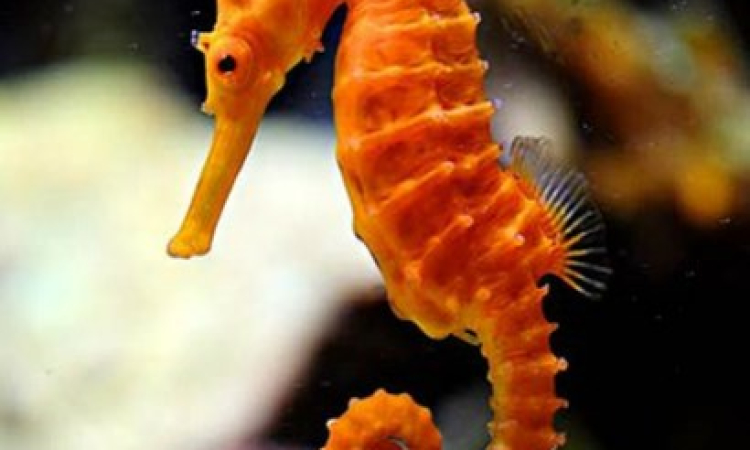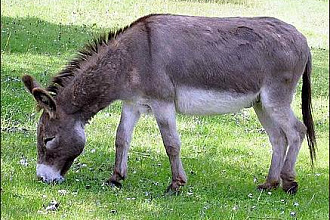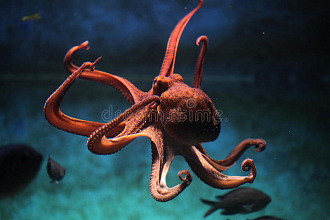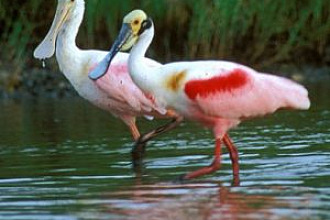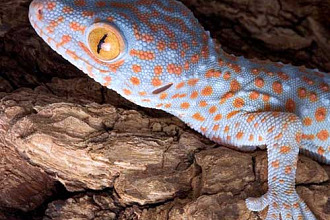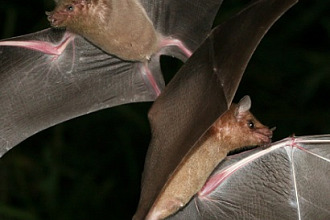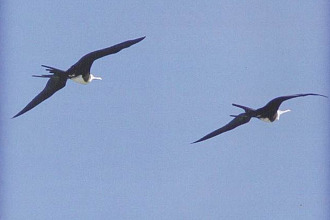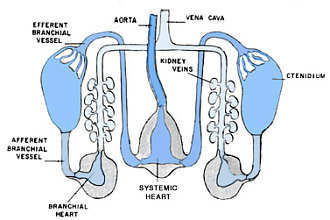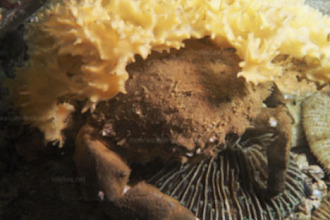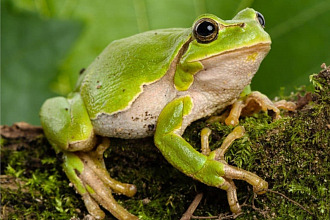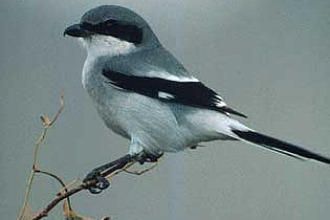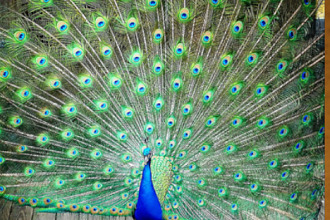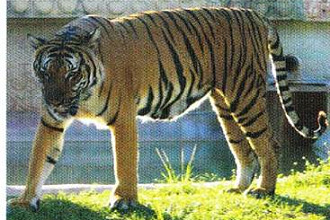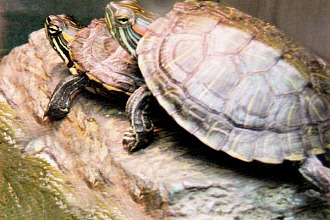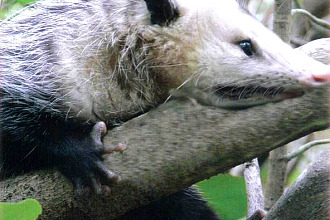It's hard to believe, looking at its picture, but a seahorse has much more than the shape of its head to make it unique! Each of these creature (whose size varies between just over half an inch to 14 inches long) are the only fish that can swim upright! (Not even the pipefish, their closest relative in the Syngnathidae family, can do that!) And you know how your fingerprint is special, so that your identity can never be stolen? Did you know the Designer of the seahorse gives each seahorse a not-by-accident unique coronet on its head—never duplicated—yet only about five newborn seahorses in every thousand survive after birth? So WHY would He still give each its own unique ID? It's as though the Creator has tireless, limitless, creative ideas and just looks for ways to express Himself. Perhaps we should just pause and ponder what kind of mind our Creator God has!
But there is more to blow my mind about the seahorse! The not-by-accident birthing issues surrounding these fish which have a head that reminds one of a horse—with a mouth that serves as a vacuum hose to suck up their food, eyeballs that move independently from each other like those of a chameleon, and forward-curved prehensile "tails" that can grab and hold on to sea grass, coral, or each other when they so desire. That's not special enough for you yet? Well, try this: The female seahorse produces eggs, then an eager male is chosen that meets her fancy. So the two begin a relationship. Keep listening now . . . not by accident they meet daily for several days and "dance" together in the water, tails curled around one another or the same strand of sea grass. Meanwhile the eggs within the female are developing, getting ready to be laid somewhere. Now (are you ready for this?) comes the chapter of this family (that Syngnathidae family again) which is the only one known in the animal world where there is what is known as a"male pregnancy!"
These little horse-head fish that swim upright (not fast, or strong, but they can swim) finally spend an eight-hour day swimming together seriously, finally letting go of the strand of sea grass. They swirl upward in close frontal contact and the male forces water through his "brood pouch" at the front of his tail until the pouch cavity is forced open to reveal that it is empty—an invitation to the female. She then uses a special organ the Creator gave her, called an ovipositor. Not by accident she expels dozens to thousands of her just-fertilized eggs into the male's brood pouch where they are immediately embedded into the wall of his pouch and enshrouded with prepared tissue. The hormone prolactin is not by accident produced in the male to provide not milk but oxygen for the eggs to develop and be nourished with just the right environment during the following two to four weeks. (That's the same hormone female mammals produce that results in milk!) The female seahorse visits the male during the weeks of "pregnancy" and they have a daily six-minute dance, "holding tails" and changing colors, cementing their bond. When "delivery" time comes the male has contractions, and the babies are pushed out of the pouch: fully formed tiny seahorses (with low survival rate—but higher percentage than most fish—due to the careful incubation time with the male.) The next morning the female returns and begins the courtship dance all over—because eggs are again growing within her and she likes to keep a firm relationship with the male until time in a few more days to deposit more eggs for daddy seahorse to carry!
What can we learn about God from little seahorses? He has more oceans of His creative surprises just waiting to be found!
"NOT BY ACCIDENT" (c) Juanita Kretschmar is used by permission and was first published in the book "Not By Accident" 3 page 37
Picture originally found here

